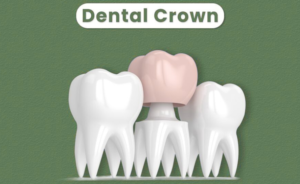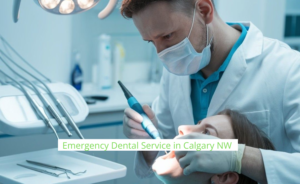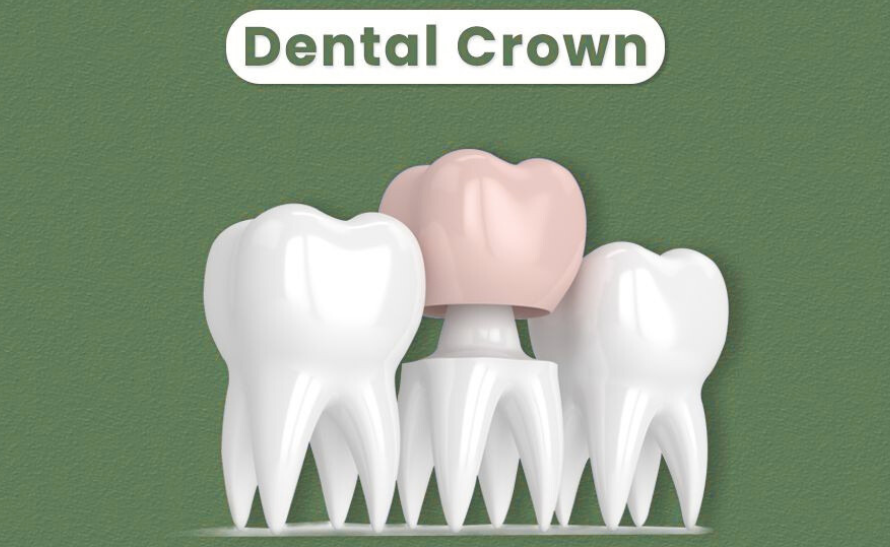Deciding whether of Invisalign and conventional braces to use might be difficult. Though they approach oral health improvement in different ways, both choices help to straighten teeth. At the same time, some individuals choose the dependability of conventional braces, others like the transparent, removable aspect of Invisalign. Knowing the main variations can help you decide which alternative fits you most if you are not sure. Every technique offers advantages from look to comfort and efficiency. Investigating these elements can help you to understand your treatment expectations more precisely.
Appearance and Aesthetics
The appearance of Invisalign and conventional braces is among their main contrasts. Made of translucent plastic, Invisalign aligners hardly go unnoticed when worn. They fit your natural teeth so that you may grin boldly all during the therapy. Conversely, traditional braces make more evident use of metal brackets and wires. Modern braces are more obvious than Invisalign, even if they now come in ceramic and tooth-coloured choices. Invisalign is the preferable option for you if you want a covert approach to teeth straightening. You can reach nearby clinics by browsing family dental clinic in Calagary NW for further research.
Comfort and Convenience
Making decisions between these two choices mostly depends on comfort. Smooth Invisalign aligners fit tightly over the teeth, therefore minimising gum and cheek discomfort. Mealtime will be simpler as they are portable, and you can remove them while eating or drinking. But conventional braces remain connected to your teeth all during the therapy. Sometimes, the metal brackets and cables cause irritation, particularly following changes. Still, some people choose braces as they free them from concern about getting them on and off. Although both choices require an adjustment period, Invisalign is usually the most cosy.
Treatment Duration
The degree of the case’s intricacy determines the length of the course of treatment. Though certain instances may take longer, Invisalign usually takes 12 to 18 months to finish. Achieving results on schedule depends on consistency, as the aligners must be worn for at least twenty to 22 hours per day. Usually requiring a lengthier treatment period—between eighteen months and three years—traditional braces This is so because they continuously force teeth into alignment. Invisalign may provide a faster treatment period for mild to moderate situations, but braces are still a great choice for more difficult problems.For finding quality dental clinic near you search “family dental care near me” on internet.
Effectiveness for Severe Orthodontic Issues
While both Invisalign and conventional braces help teeth to be straightened, in severe cases braces have the advantage. Braces can correct complicated bite problems, significant gaps, and crowding. Given their permanent attachment to the teeth, they offer more control over motion. For mild to moderate misalignments, Invisalign is quite successful, but extreme cases may not be appropriate for it. Should your orthodontic requirements call for significant changes, your best dentist in Sage Hill could advise braces over Invisalign.
Conclusion
What is most important to you will determine which of Invisalign and conventional braces you choose. Invisalign may be the best option if you prioritise beauty, comfort, and convenience. Conventional braces could be the most effective solution if your condition requires more significant correction. Both treatments lead to straighter teeth and a healthier smile, but each comes with its unique experience. Talking to your best dentist in Sage Hill can help you select which therapy corresponds with your dental needs and lifestyle. Whatever option you pick will result in a gorgeous and confident grin.











